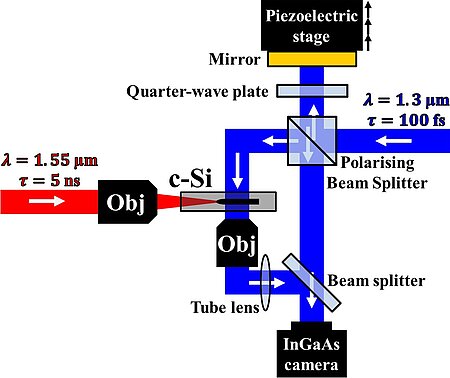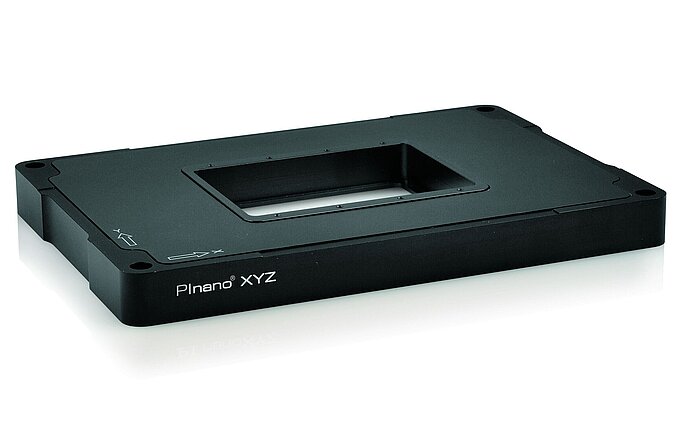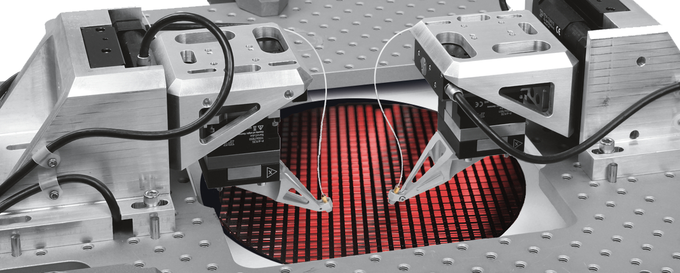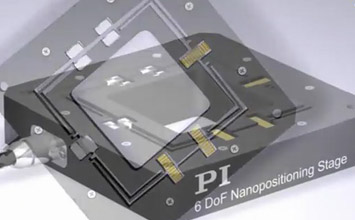The future of computing and data communications will rely on a combination of optics and electronics. Silicon photonics circuits are gaining in importance; new techniques and tools for test and production of SiP related technologies are being researched and developed around the world.
Direct laser writing of waveguides deep inside the bulk of monolithic crystalline silicon (c-Si) has been recently demonstrated by researchers at the National Center for Scientific Research Center and Aix-Marseille University (LP3 laboratory, Marseille, France). A crucial part in the waveguide characterization is the measurement of the refractive index with a customized Mach-Zehnder-type phase-shift interference microscope.
Basically, this interferometer is composed of two infrared beams with an optical delay precisely controlled by means of a mirror mounted on a P-721.LLQ PIFOC® piezo flexure nanopositioning stage with position feedback. The refractive index is obtained by making four interference images with precise increments of 162.5 nm (i.e., λ/8) on the stage so that a π/2 relative phase delay is added between acquisitions. By choosing appropriate laser writing parameters, the relative change of the refractive index exceeds 10-3 which is sufficient to guide light inside c-Si.
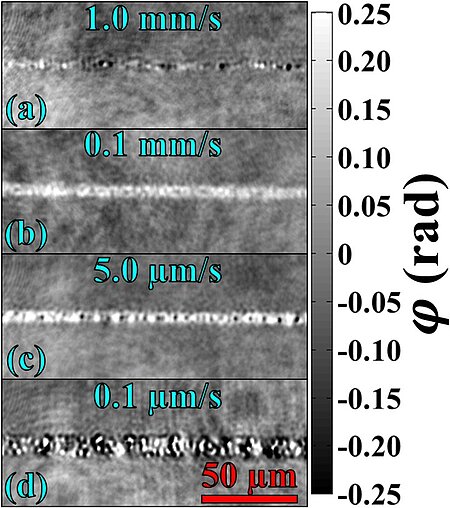
These developments pave the way toward the capability of producing and imaging 3D architectures for the rapidly growing field of silicon photonics.
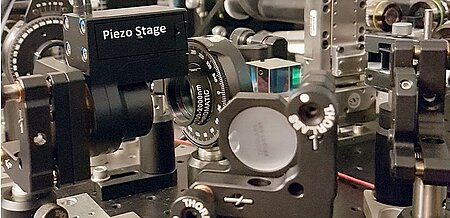
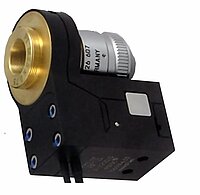
Piezo flexure positioner background: Due to the lack of friction, closed-loop piezo flexure stages can provide nanometer resolution and below, as well as very smooth and uniform motion. Depending on the control signal, velocities down to nanometers per second are possible. On the other end of the spectrum, fast step and settle in milliseconds is also possible. A variety of position feedback sensors are available to match the requirements of the application (resolution, linearity, noise floor, bandwidth).
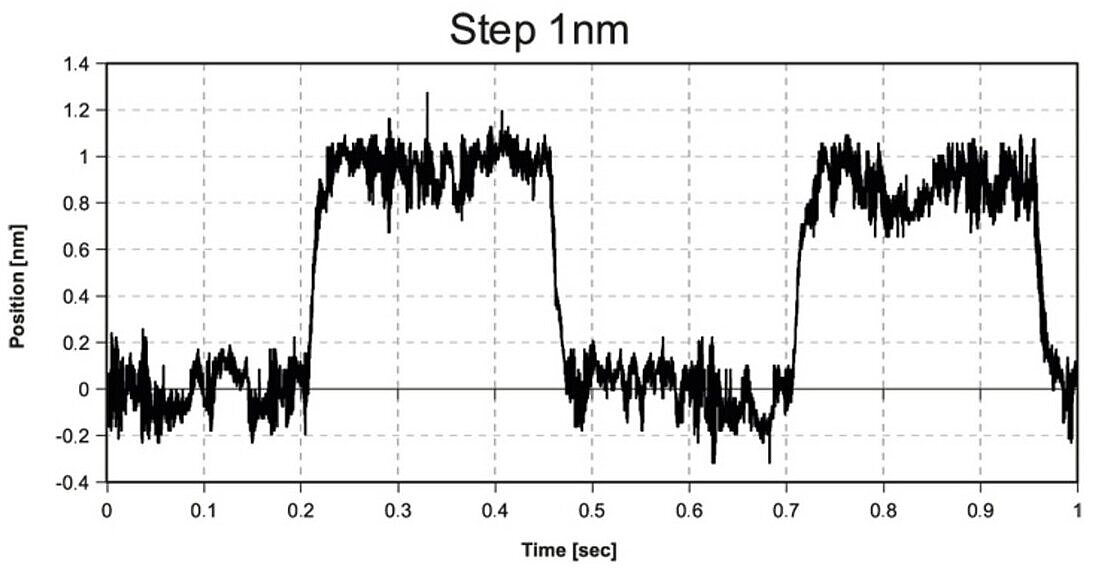
Blog Categories
- Aero-Space
- Air Bearing Stages, Components, Systems
- Astronomy
- Automation, Nano-Automation
- Beamline Instrumentation
- Bio-Medical
- Hexapods
- Imaging & Microscopy
- Laser Machining, Processing
- Linear Actuators
- Linear Motor, Positioning System
- Metrology
- Microscopy
- Motorized Precision Positioners
- Multi-Axis Motion
- Nanopositioning
- Photonics
- Piezo Actuators, Motors
- Piezo Mechanics
- Piezo Transducers / Sensors
- Precision Machining
- Semicon
- Software Tools
- UHV Positioning Stage
- Voice Coil Linear Actuator
- X-Ray Spectroscopy

